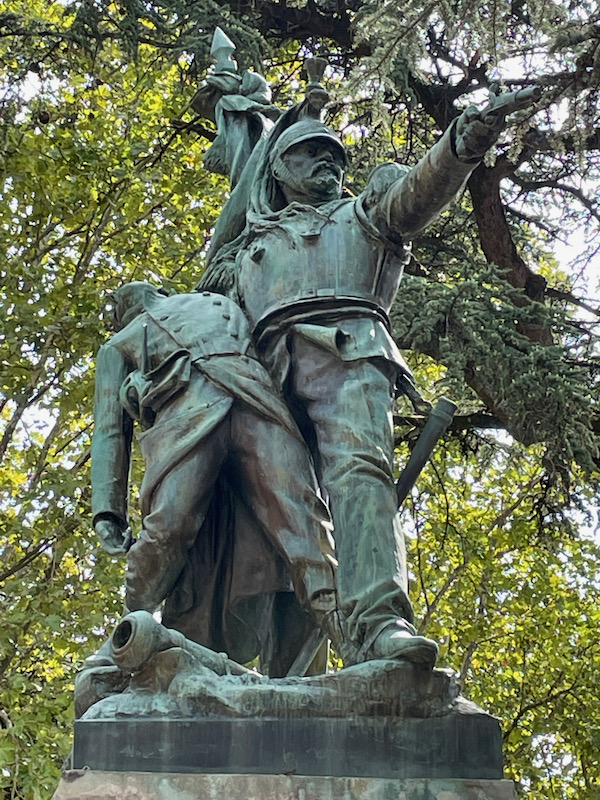Our Blog - Agen, France
We have driven by Agen several times, since it is about 1/2 way between Toulouse and Bordeaux, so this year we decided it was time to stop for a visit. It has a population of over 32,000 in the city property but over 100,000 in what is considered the "agglomeration". It dates all the way back to Roman times, like many major cities in France, but remains have been found that date settlements here to the 8th or 7th centuries BC. The city today is most known for its "Agen prunes", which has its own AOC. A bit of trivia: it has been a sister city of Corpus Christi, TX since 1996.
Agen Cathedral's visible structure dates to the 12th century, when it was built as a collegiate church of canons dedicated to Saint Caprasius of Agen, on the foundations of a basilica sacked by the Normans in 853 but thereafter restored. It was sacked again in December 1561 during the Wars of Religion. Unfortunately, it was closed while we were there.
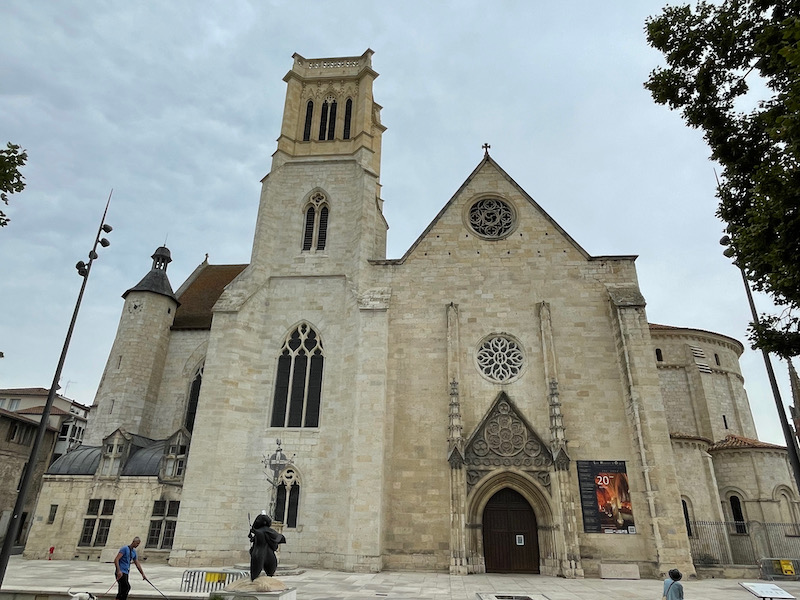
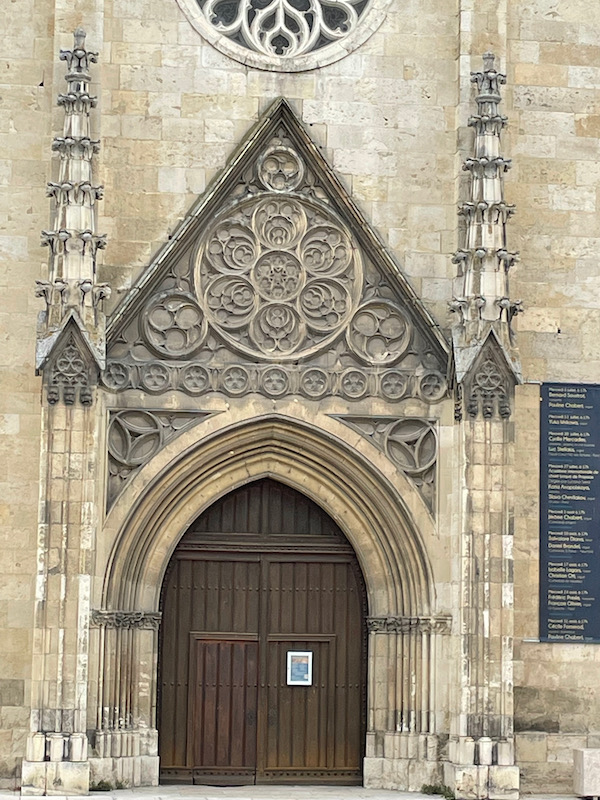
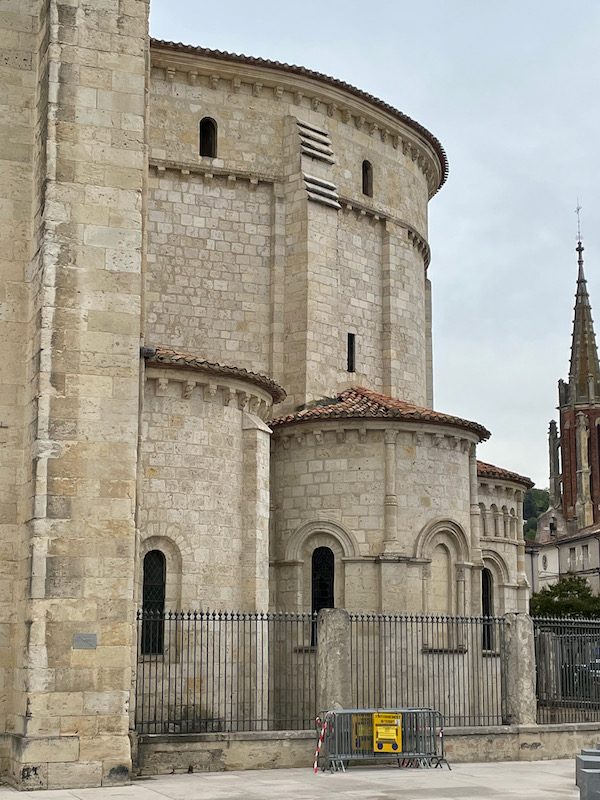
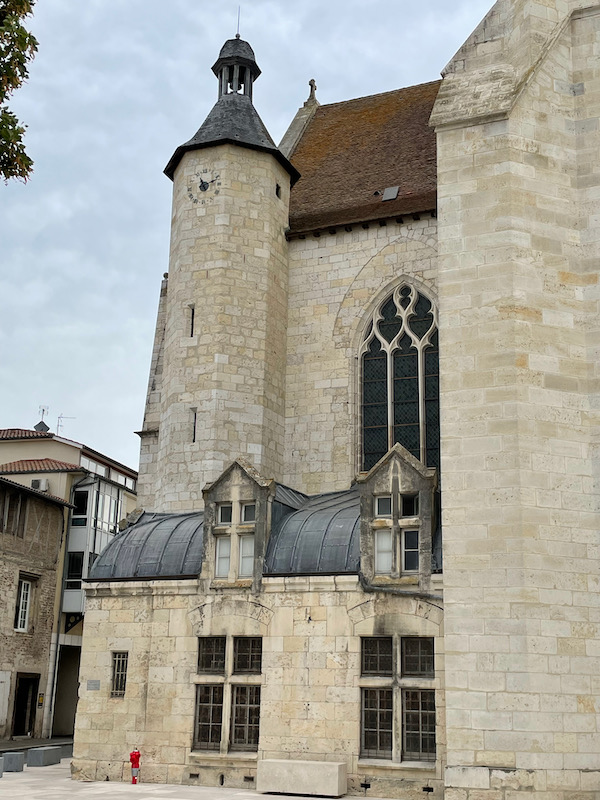
Walking through the historical center, we saw a few nice half-timbered houses, and squares with arched arcades below.
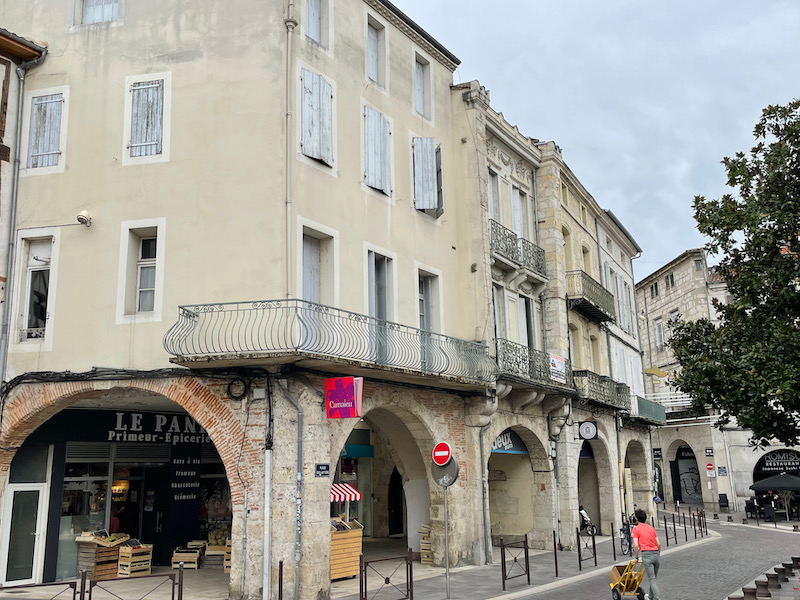
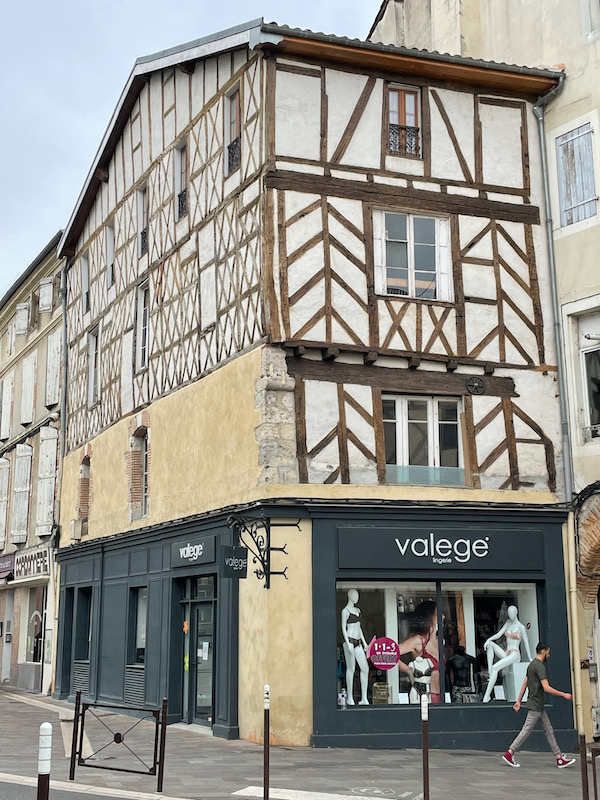
The Chapelle Notre-Dame du Bourg was built near a Christian cemetery placed outside the first enclosure of the city. The current chapel was built at the end of the 13th century when the chapel became a parish church under the name of Notre-Dame du Bourg, which was then inside of the second enclosure/fortified wall. It was damaged in 1561 when it was set on fire by a group of Protestants (along with Cathedral). Once restored, the bishop of Agen made it a place of devotion, giving it its second name, Notre-Dame de Grâce.
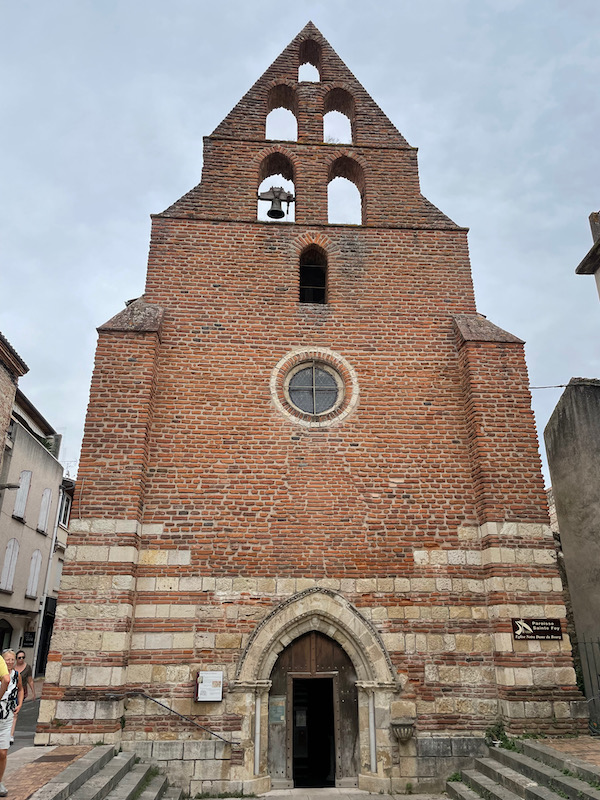
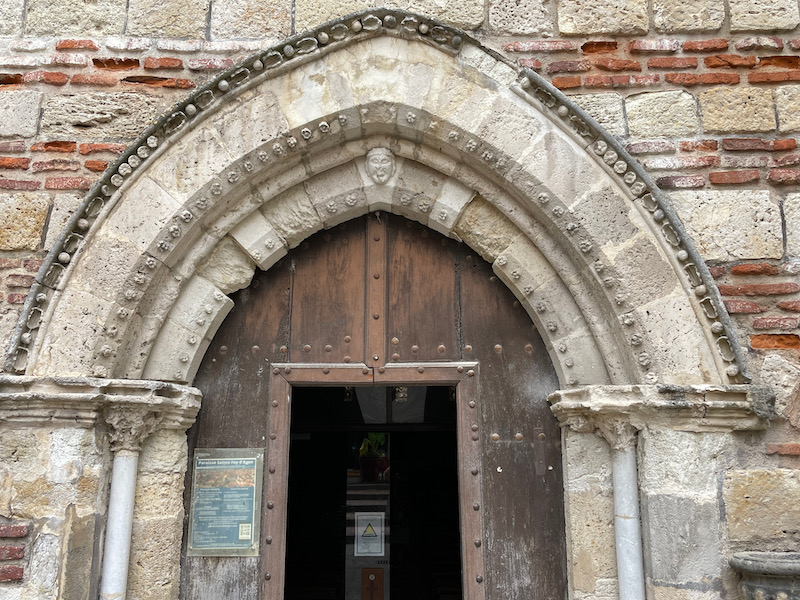
Here you can see the back of the church, where the apse is, looks very different than the rest of the church (stone vs brick). In the 15th century, the initially square apse was replaced by this polygonal apse.
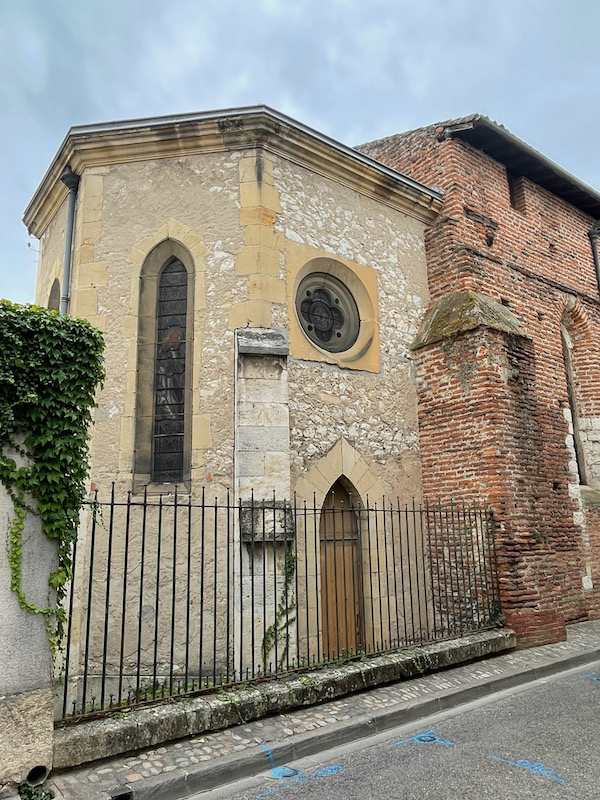
It is quite a narrow church, with the nave and only 1 side aisle. The church was decorated with stained glass windows made by the Bordeaux master glassmaker Henri Feur in 1884.
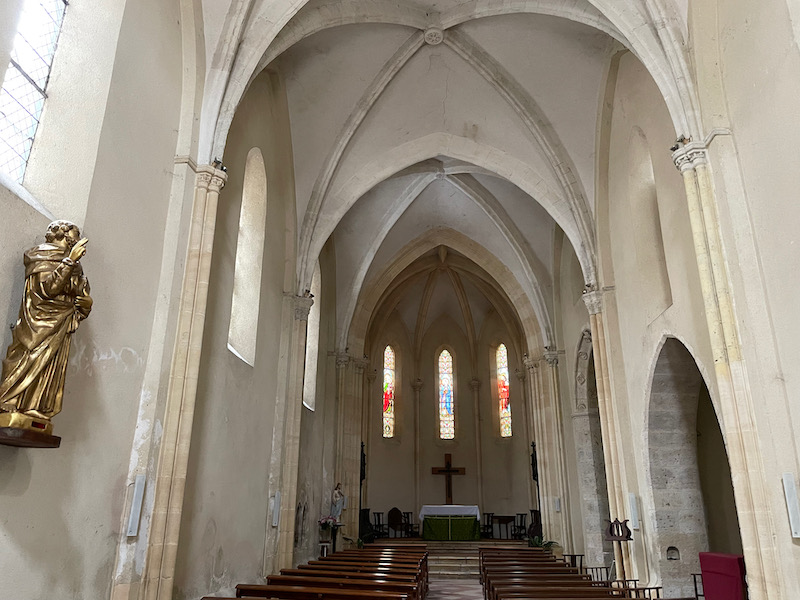
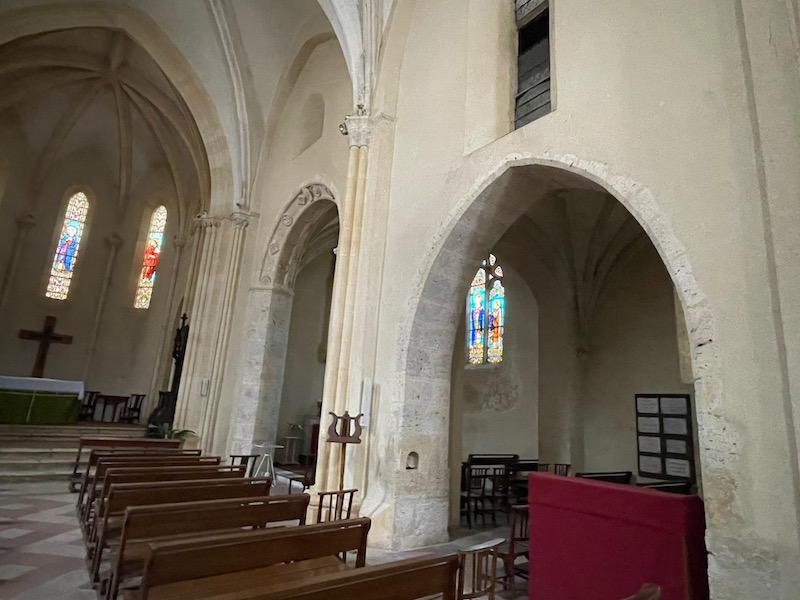
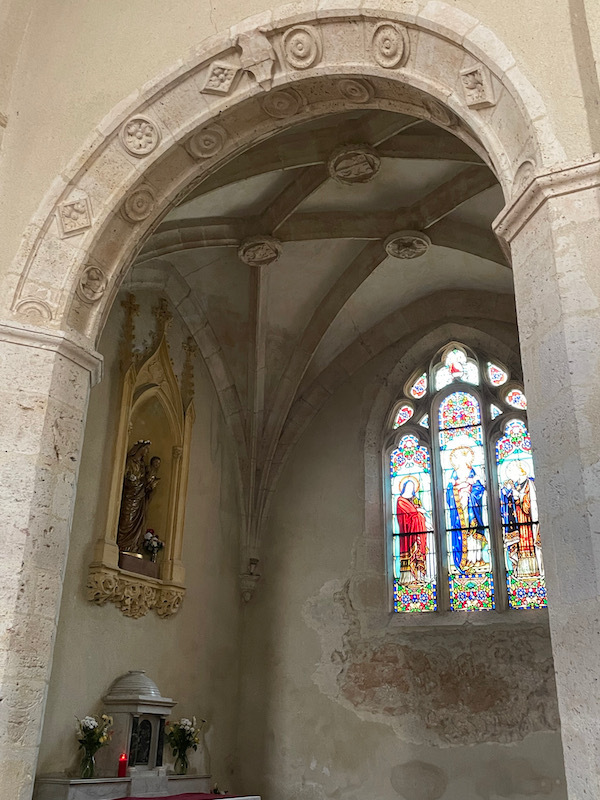
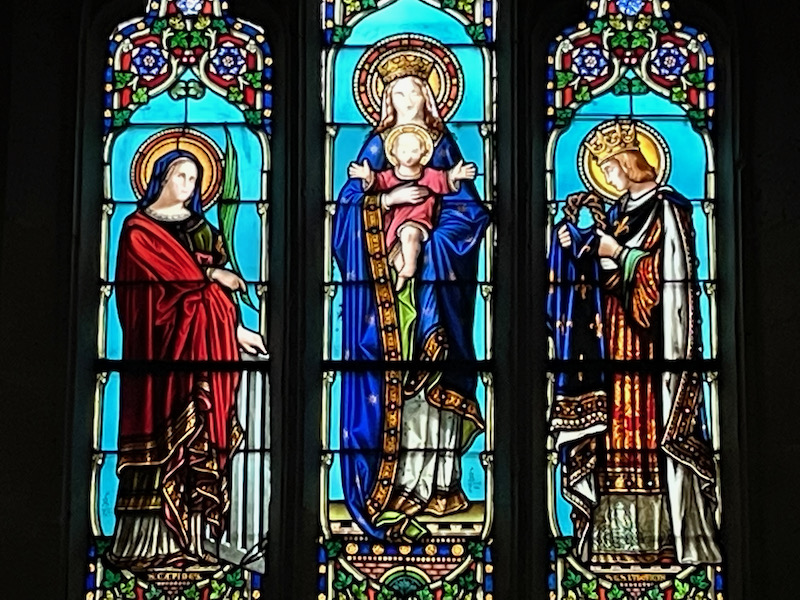
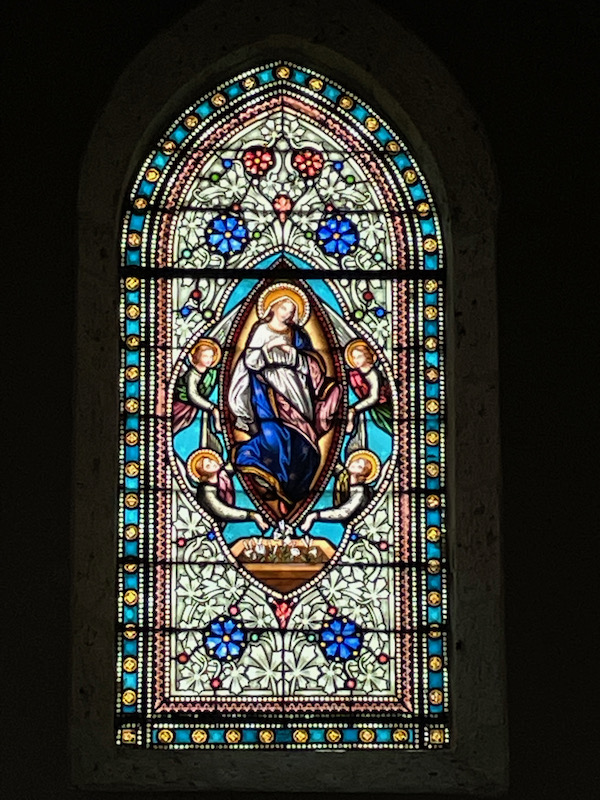
Always nice to have a little turret on the side of your house!
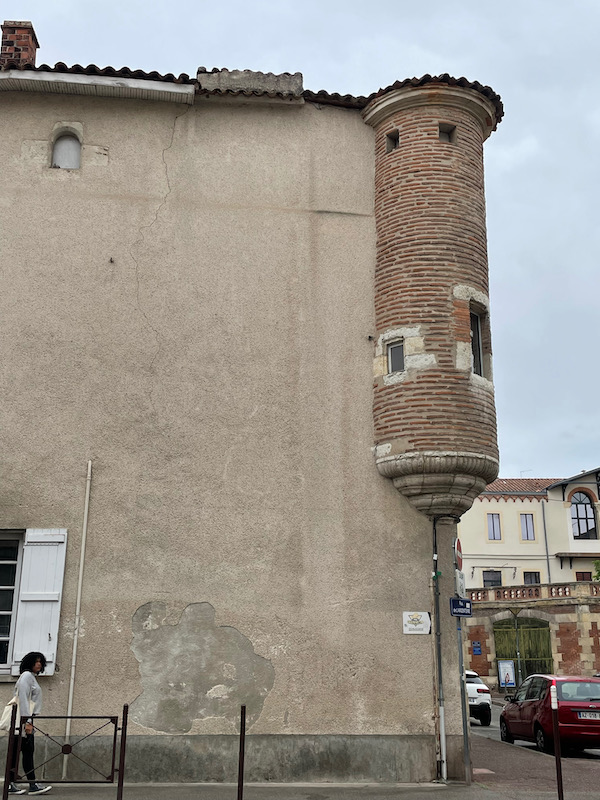
There is a nice mix of different architectural styles, including this house, built with an Art Nouveau style. It is characterized by asymmetry, the use of curved lines and the richness of the decorations, in particular the use of floral motifs.
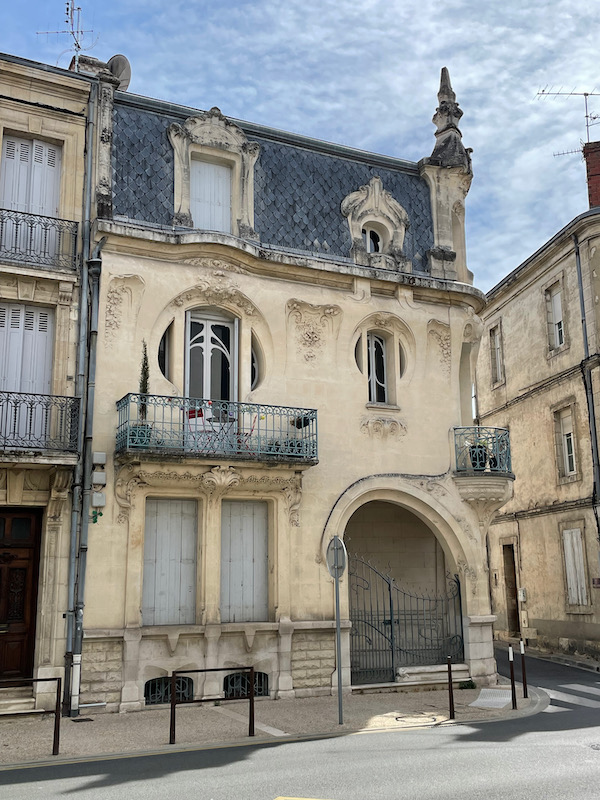
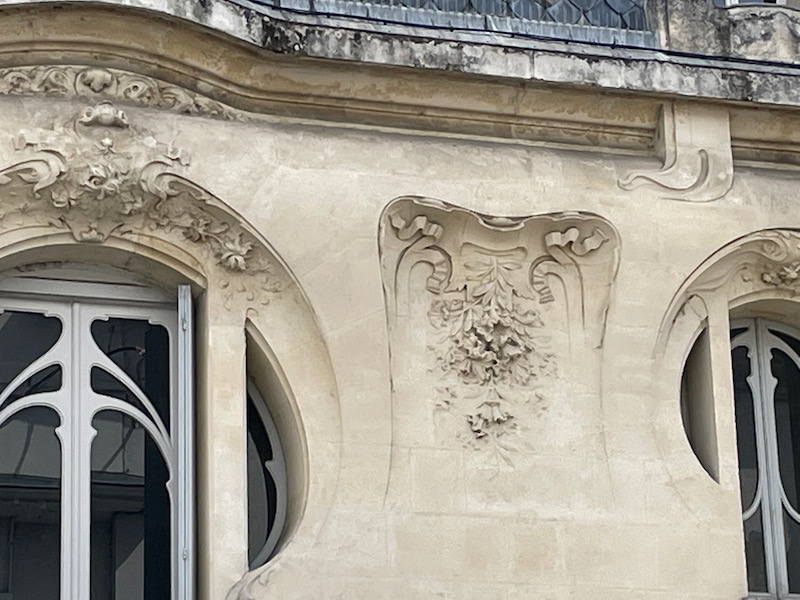
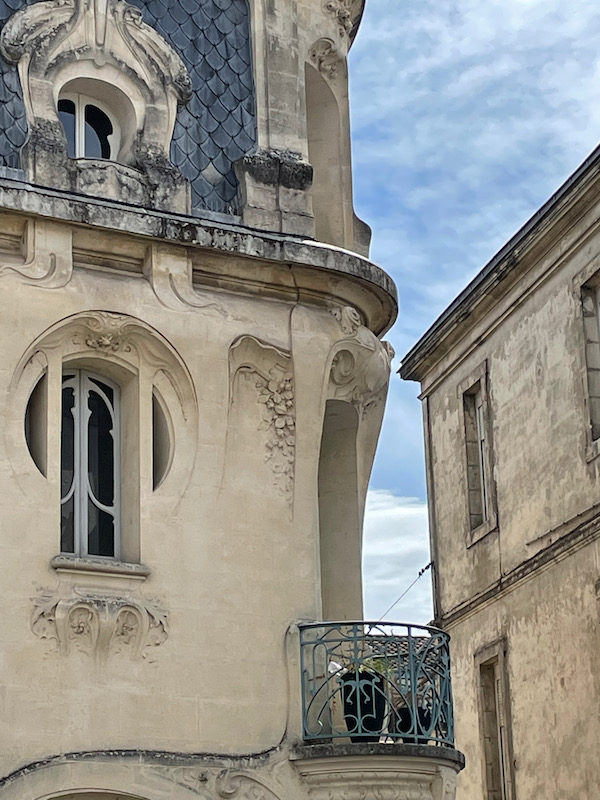
The Monument aux Morts was inaugurated in 1924 and is one of the more interesting ones I've seen. It consists of a sculpted central group placed above a pedestal serving as a crypt. On either side of the pedestal are two groups of soldiers: on the left a group of soldiers defending a position, on the right a procession of soldiers carrying a wounded man. Its bronze door represents a woman on her feet, veiled, head bowed, carrying a sword pointing downwards and frozen in pain. Above the pedestal serving as a crypt, the carved group represents a winged victory protecting a soldier.
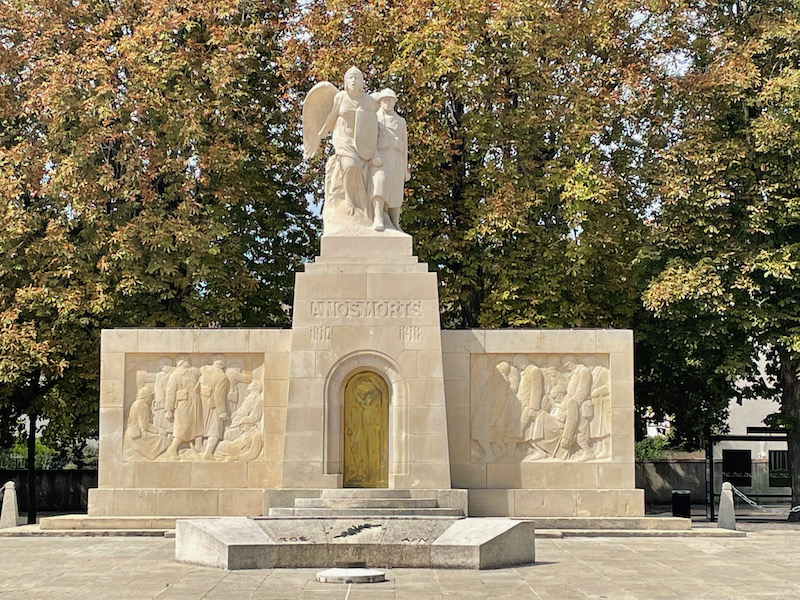
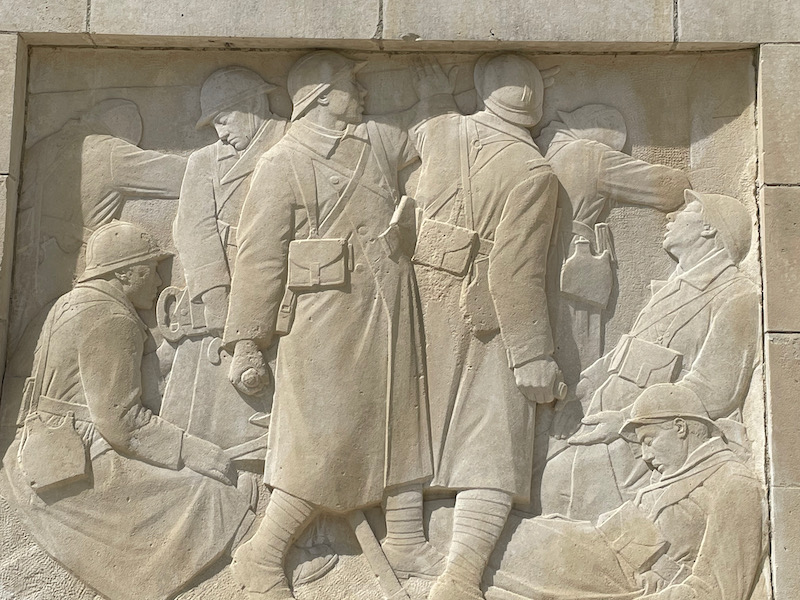
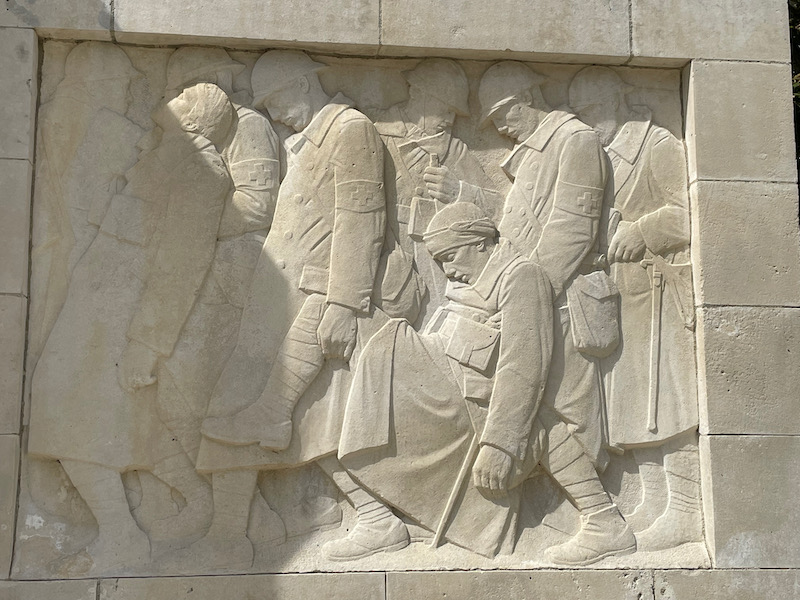
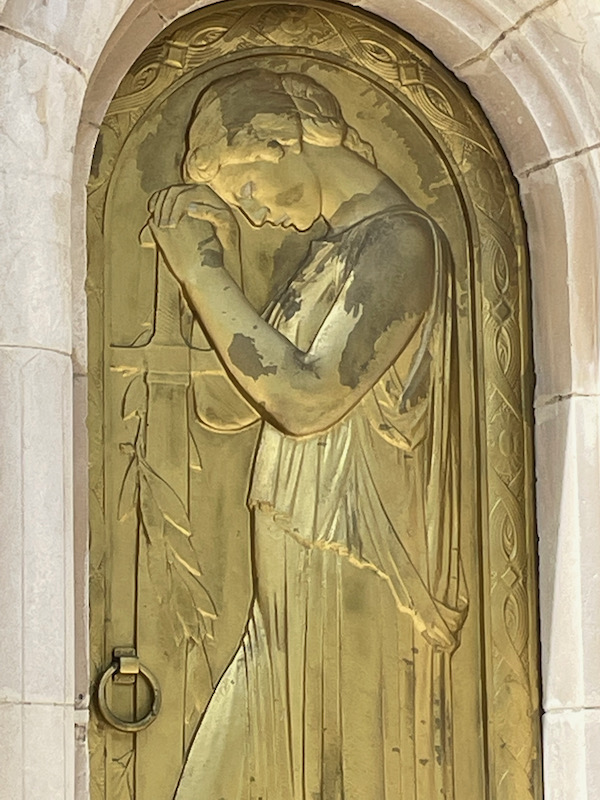
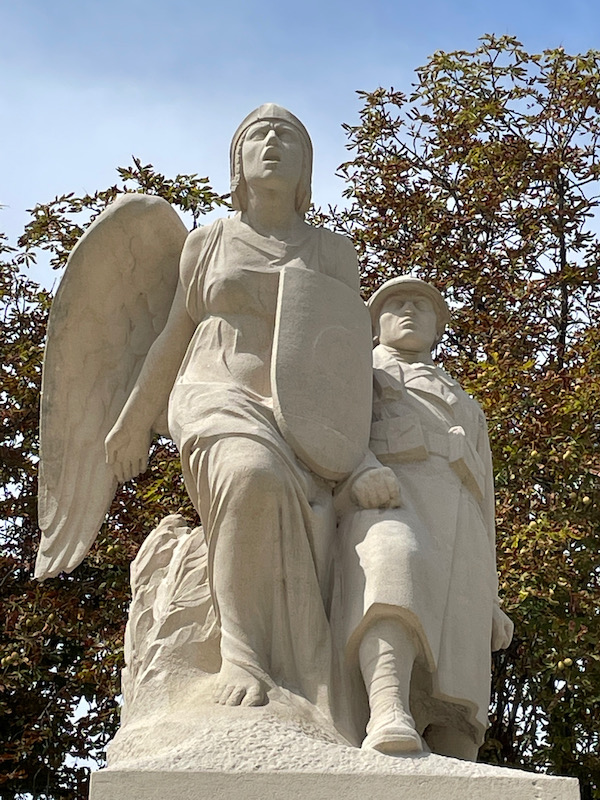
This statue is dedicated to the soldiers of the Franco-Prussian war of 1870-1871.
